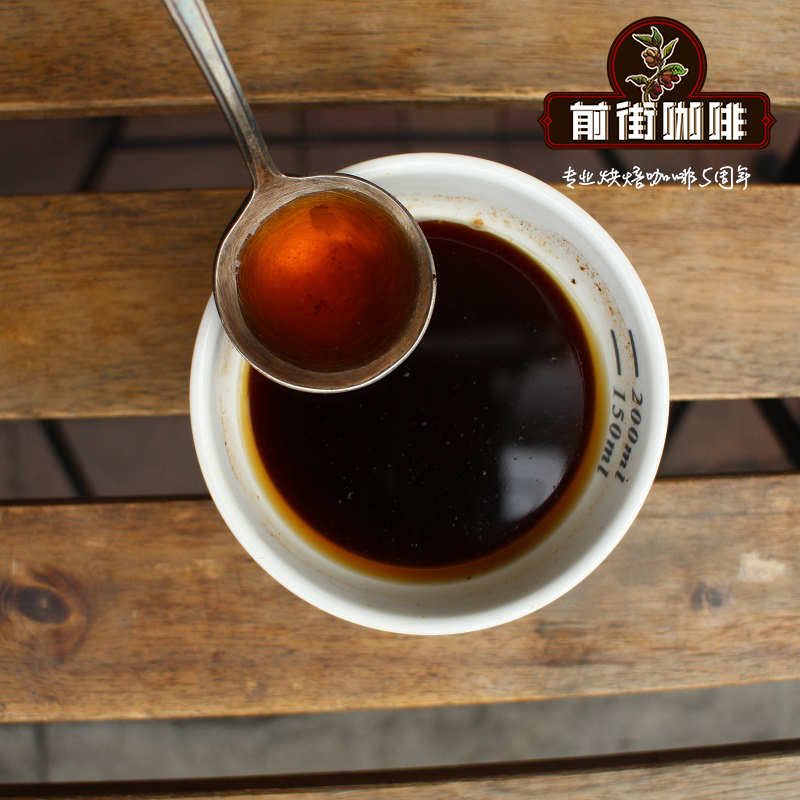Which province is the main province of Chinese coffee? Chinese coffee brands rank in Chinese coffee producing areas.

Professional coffee knowledge exchange more coffee bean information please follow the coffee workshop (Wechat official account cafe_style)
Coffee production in China began on a small scale in the late 19th century. It expanded in the 1960s, but it wasn't really valued until the 1980s. In the 1980s, the Chinese government and the United Nations-as well as a multinational coffee roaster company-invested in new planting and processing infrastructure. In the past four or five years, the Chinese coffee market has made a remarkable leap in terms of quality and quantity. Rapid growth in domestic consumption, coupled with government support and a new focus on fine processing, is helping China gain a foothold in the global specialty coffee market. Thanks to these investments, education and hard work, China's plastic bag output in 2018 ranked among the top 20 in the world, reaching 2 million bags.
Coffee thrives in areas bordering Myanmar in western Yunnan, ranging from 9 to 1750 masl above sea level. The main subregions of coffee cultivation are Pu'er, Baoshan, Dehong and Menglian.
Most of the coffee grown in Yunnan is catimor, although many public and private entities are in the early stages of experimenting with new varieties. Processing experiments are also under way. Atlas first visited China in 2014, and since then, we have returned to China many times to visit farms, participate in conferences and educational projects, and build relationships with growers and exporters.
We are glad to finally be able to bring micromanipulation through some of the excellent people we met during our trip in 2019. See the "High Resolution Asset Kit / HRAK" link for location details on this page.
END
Important Notice :
前街咖啡 FrontStreet Coffee has moved to new addredd:
FrontStreet Coffee Address: 315,Donghua East Road,GuangZhou
Tel:020 38364473
- Prev

How to drink coffee in Bolivia
Professional coffee knowledge exchange More coffee bean information Please pay attention to Coffee Workshop (Weixin Official Accounts cafe_style) Although Bolivia's coffee business development began in the 1920s, the country's contribution to the global coffee supply today is minimal. About 95 percent of Bolivia's coffee is produced in Yungas, a fertile region on the eastern slope of the Andes, La Paz.
- Next

Costa Rican Coffee Story Why Costa Rican coffee tastes good
For more information on coffee beans, please follow the coffee workshop (Wechat official account cafe_style) Coffee was first introduced to Costa Rica from Cuba in 1779, commercial cultivation began in 1808, and Costa Rica first exported coffee in 1820. Costa Rica is considered to be the first country in Central America to produce coffee commercially, and the first batch of coffee arrived in the United States in 1860
Related
- Beginners will see the "Coffee pull flower" guide!
- What is the difference between ice blog purified milk and ordinary milk coffee?
- Why is the Philippines the largest producer of crops in Liberia?
- For coffee extraction, should the fine powder be retained?
- How does extracted espresso fill pressed powder? How much strength does it take to press the powder?
- How to make jasmine cold extract coffee? Is the jasmine + latte good?
- Will this little toy really make the coffee taste better? How does Lily Drip affect coffee extraction?
- Will the action of slapping the filter cup also affect coffee extraction?
- What's the difference between powder-to-water ratio and powder-to-liquid ratio?
- What is the Ethiopian local species? What does it have to do with Heirloom native species?

